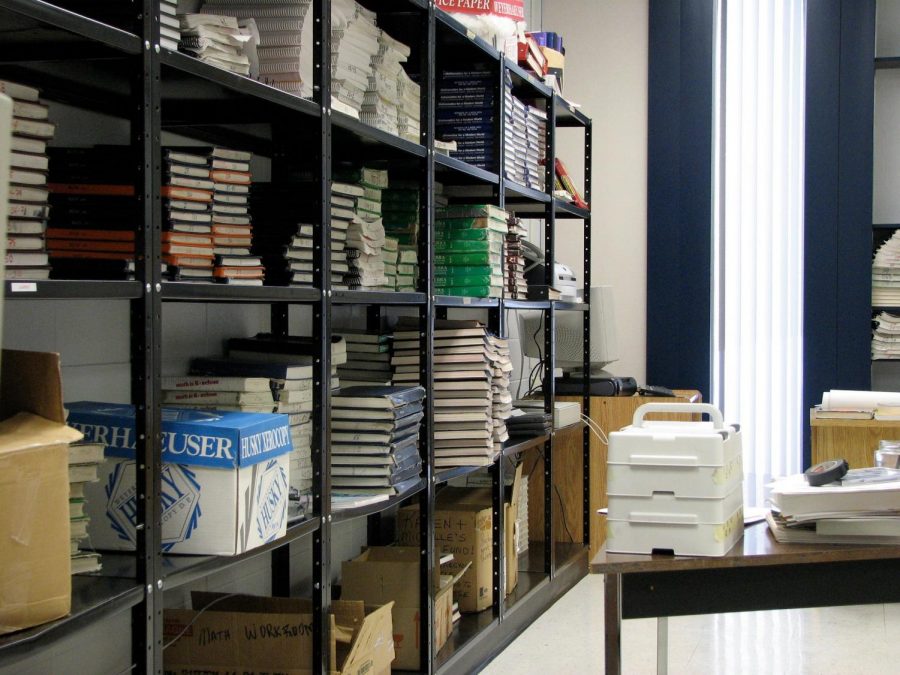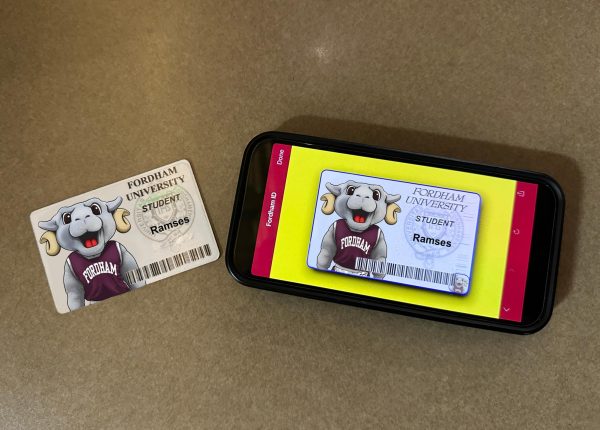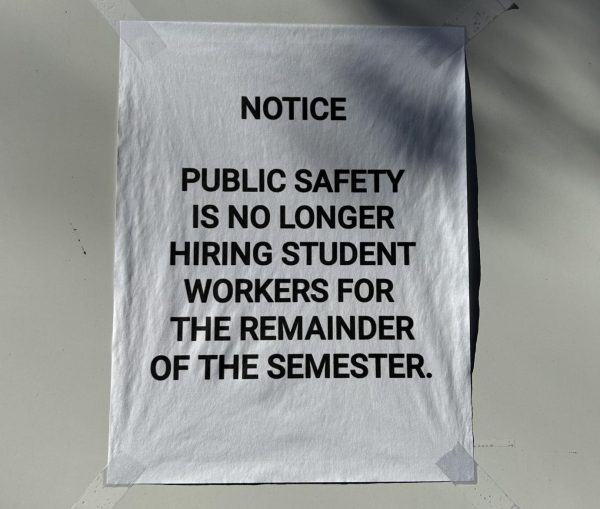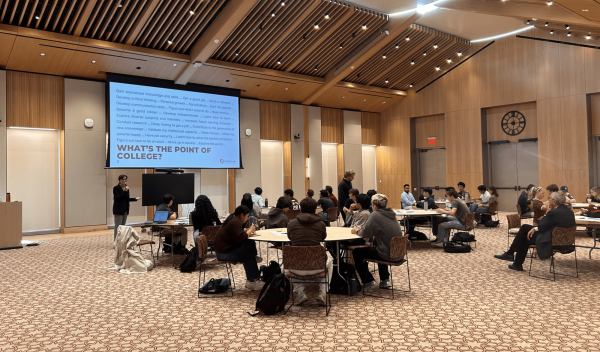Affordability of College Course Materials Improves Nationwide
The COVID-19 pandemic and subsequent economic downturn have squeezed many college students into a financial corner. Scholarships, grants and loans help cover tuition, but textbooks and other course materials still present an additional expense. However, recent research from Student Monitor, a college market research firm, suggests that course materials are becoming more affordable for college students. Student spending on textbooks and other required materials has decreased from an average of $691 in the fall of 2019 to just $422 in the spring of 2020, according to the data.
However, financial strains have undoubtedly increased in the past year as families suffer job losses and reduced incomes, as documented by Pew Research. A key finding from the U.S. PIRG Education Fund, an independent non-partisan interest group, shows that COVID-19 has affected students’ ability to access course materials. Even worse, the data reveals that food-insecure students skip buying course materials at a high rate.
Many students are also struggling to pay tuition. A survey by One Class shows that 56.2% of students can no longer afford their college tuition as a result of COVID-19. Some universities, including Fordham University, raised tuition even though courses are being taught primarily online.
Therefore, it is not surprising that college students regularly skip buying required texts and course codes, according to research by U.S. PIRG. The average student acquires about 80% of their required learning materials, even if skipping on certain materials may negatively impact their success in the course, according to Eric Weil, the managing partner at Student Monitor.
However, education publishers say there are ways to save when buying course materials. College students can choose from vast combinations of rented or new textbooks as well as electronic materials, said Laura Knox, director of affordable solutions at W.W. Norton. In the past few years, there has been a shift towards digital course materials, and publishers now offer more e-books through new subscription services and inclusive access programs, said Knox. These online resources are less expensive to produce than traditional textbooks, so publishers can offer them at a lower price point. There is no one size fits all solution, though, and it is usually entirely up to students to find the most cost-effective way to acquire textbooks, Weil explained.
Renting used textbooks is often the most accessible option, said Weil. Both Chegg and Amazon offer rental books up to 90% off the original price offered by publishers. The next best option is electronic textbooks offered at discounted rates through publishers’ websites and second-hand sources, he said.
E-books are becoming available at a growing rate due to remote learning as a result of COVID-19, according to Knox. They are offered for purchase with unlimited access but can also be rented with limited access for one semester. However, many students still prefer hard copy textbooks to e-books, said Weil.
Another inexpensive option is Open Educational Resources (OER), usually offered for free or at low-cost, according to Brittney Conley, a research analyst for OnCampus Research. However, OER’s are still relatively less accessible than other options, she said. As a result, they have been a minor contributor to the decline in student spending, according to Weil.
Many education publishers have adopted inclusive access programs. According to Macmillan Learning, a leading education publisher, inclusive access offers digital textbooks up to 70% off regular prices. Colleges that are enrolled in the service provide books for students before the first day of classes. The textbooks or course materials are billed through the school alongside tuition. Therefore, financial aid can cover textbook costs if the student qualifies for assistance, according to the American Association of Publishers. Also, if the student prefers, they can opt-out of the program. However, universities tend to be slow to adopt programs like inclusive access, said Weil.
Cengage, another top education publisher, has created a “Netflix-like” subscription service for textbooks. According to Weil, Cengage is attempting to “be all things to all people.” The publisher offers two subscription options to professors and students: Cengage Unlimited E-Textbooks and Cengage Unlimited. Both services offer access to over 15,000 e-textbooks, hard copy textbooks and other study tools. Additionally, Cengage Unlimited provides WebAssign, an online homework application. “Cengage Unlimited is the first step towards making learning materials as inexpensive as possible,” said Weil. Once students and instructors adopt this type of service more widely, it has the potential to centralize acquiring course materials.
Overall, Weil believes educators should provide information to find the most affordable textbook or materials for their course. There is a need “for instructors and professors to educate students about what their options are,” he said. That way, every student gets the most out of their courses as possible.
















































































































































































































Randy Hughes • Mar 25, 2021 at 3:44 pm
Well researched and written.
Jim Hughes • Mar 25, 2021 at 9:59 am
Grace Kazarian created a well written article.